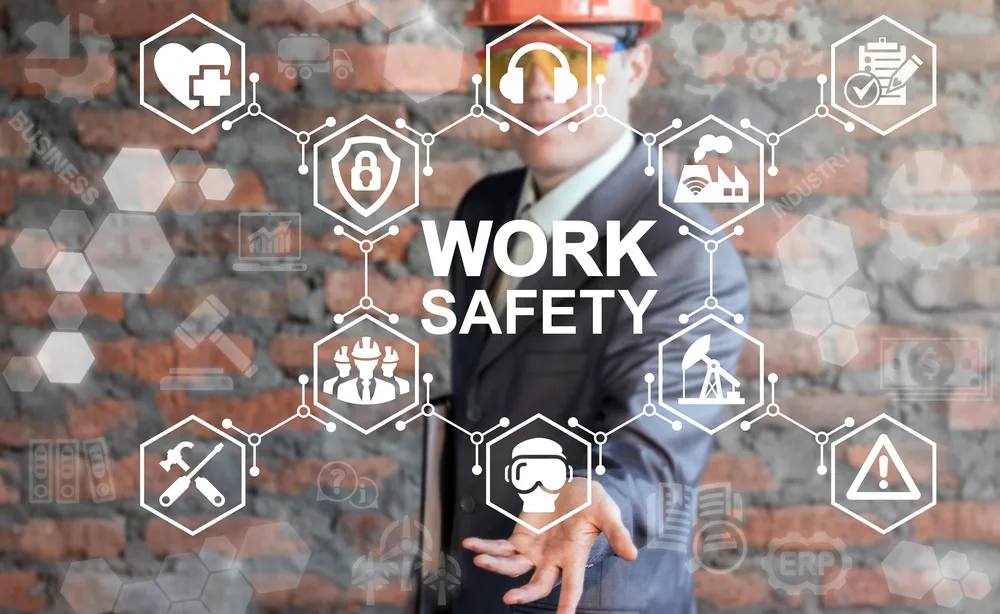Confined Space Awareness and Compliance: Safe Work Practices for Confined Space Entry Course
Introduction:
Working in confined spaces presents significant hazards and risks. Despite awareness of these dangers, each year workers suffer injuries or fatalities when required to enter confined spaces for tasks such as cleaning, repair, or inspection. These incidents are often due to the inherent risks of confined space entry or poor decision-making. Workers may lack adequate training or have become complacent over time.
Upon completing the Confined Space Awareness and Compliance: Safe Work Practices for Confined Space Entry course, participants will validate their understanding of essential safe entry procedures and their ability to adhere to the highest safety standards required for confined space work.
Objectives:
At the end of this Confined Space Awareness and Compliance: Safe Work Practices for Confined Space Entry course, participants will be able to:
- Gain in-depth knowledge of OSHA and the Confined Spaces Regulations 1997 Approved Code of Practice, HSE.
- Identify potential hazards in confined spaces.
- Implement safety measures and precautions before entering a confined space.
- Ensure safe conduct of activities within confined spaces by focusing on worker safety.
- Safely execute cleaning and isolation tasks within confined spaces.
Training Methodology:
- Interactive lectures
- Case studies
- Group discussions
- Hands-on demonstrations
- Role-playing
- Safety drills
Course Outline:
Unit 1: Introduction, Definitions, and Risk Assessment
- Introduction to confined space safety
- Key OSHA terms and definitions
- Risk identification
- Using PIDs (Photoionization Detectors)
- Permit systems
- Cited page from construction service
Unit 2: Occupational Health Risks in Confined Spaces
- Health hazards in confined spaces
- Chemical substance hazards
- Physical agents posing risks
- Hazardous chemicals such as H2S and pyrophoric iron
- Procedures for contamination control and relevant knowledge
Unit 3: Atmospheric Monitoring, Decontamination, and Response
- Atmospheric testing
- Cleaning confined spaces before work begins
- Gas freeing of tanks and vessels, and hazards of steam, inert gas, and chemicals
- Definition and importance of isolation, including lockout/tagout
- On-site personnel training and detailed responsibilities
- Rescue arrangements for emergencies
Unit 4: PPE, Routine Use, and Safety
- Requirements for personal protective equipment (PPE)
- Entry with and without breathing apparatus
- Ventilation systems, lighting, and safety goals
- Maintenance, repair, and associated safety activities inside confined spaces
- Verification of checklists
- Boxing up, taking over, and de-isolation procedures
Unit 5: Table Top Exercise
- Conduct a desktop syndicate exercise for planning confined space entry
- Provide participants with a PID and a written description of the process
- Schedule actions for entry, cleaning, repair, pressure relief, isolation, gas release, security measures, and waste removal
- Presentation and discussion


















